Easy, fast, and fun to grow, basil (Ocimum basilicum) is a delicious kitchen herb that also produces beautiful spires of small white or mauve flowers in late summer – but should basil be allowed to flower?
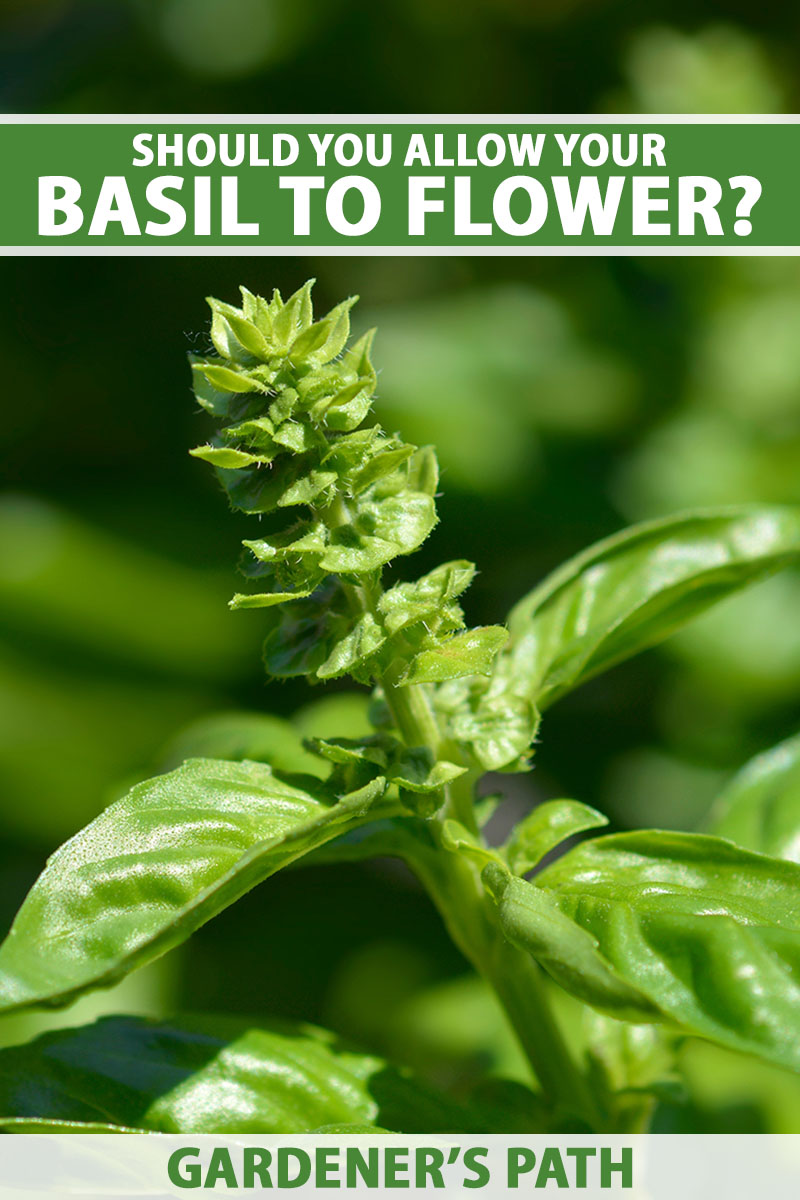
We link to vendors to help you find relevant products. If you buy from one of our links, we may earn a commission.
The answer depends on how you want to use it.
A short-lived perennial, basil is most often grown as a frost-tender annual and completes its entire life cycle, from germination to reproduction, in one growing season.
Pruning and pinching out flower buds produces branching with an abundance of leaves, and also delays the final, or reproductive, phase.
Plus, nonflowering O. basilicum plants have the brightest flavors and tenderest leaves – and with the onset of flower buds, flavors are compromised.
But for seed collection, flowering is mandatory. And to attract important pollinators like bees and butterflies, flowers need to be present.
So if you’re wondering whether or not your basil should be allowed to flower, read on now to make your choice!
Here’s what you’ll find up ahead:
What You’ll Learn
Annual Life Cycle
Flowering is part of a plant’s natural life cycle, and with basil, flowering is typically triggered in mid- to late summer.
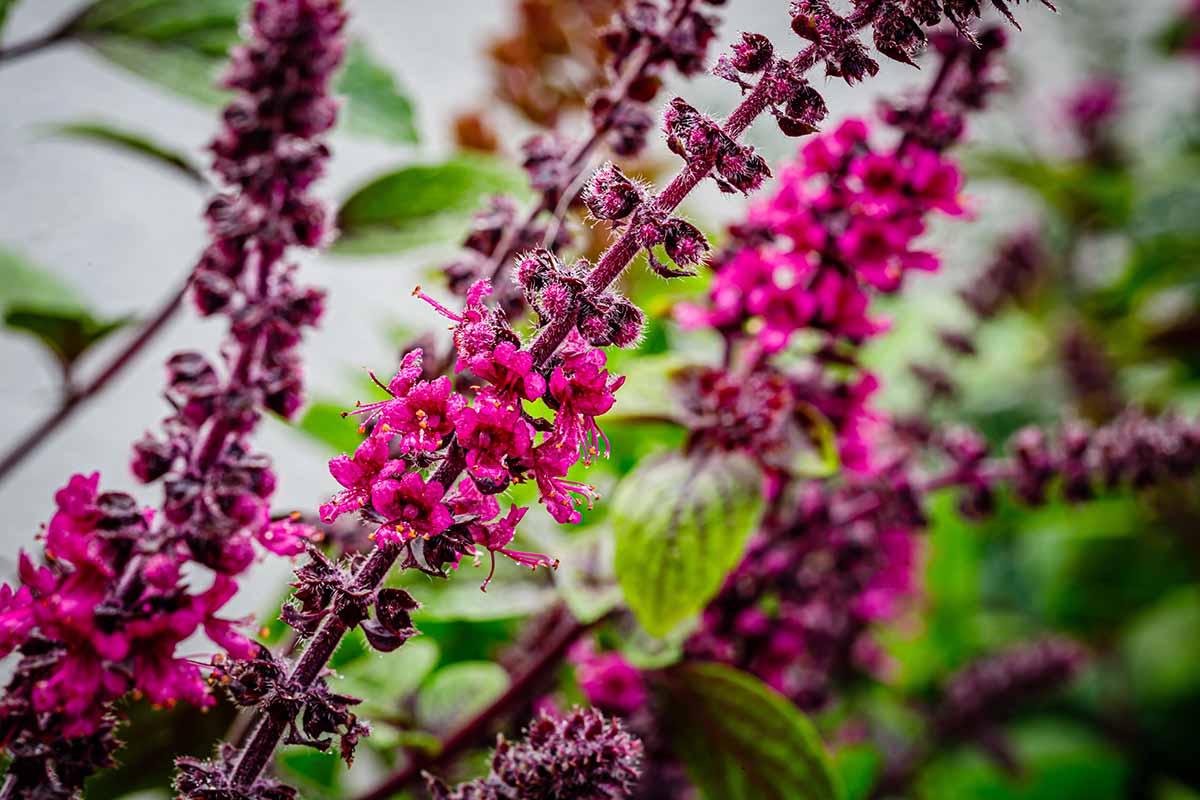
Each flower develops a fan-shaped seed pod and a single stem can produce hundreds of small, dark brown to black seeds.
Once flowering begins, physiological changes happen as energy is directed into reproduction.
When the herb is flowering, leaf production stops. The remaining leaves can lose flavor and take on bitter tones with a more fibrous texture. And after seed set, plants decline in vigor then die out a month or so before frosty weather arrives.
For propagation, it’s much more difficult to successfully start cuttings in the flowering stage than it is earlier in the growth cycle.
Early Flowering Triggers
If you find flowers forming in early summer, a couple of factors may be responsible.
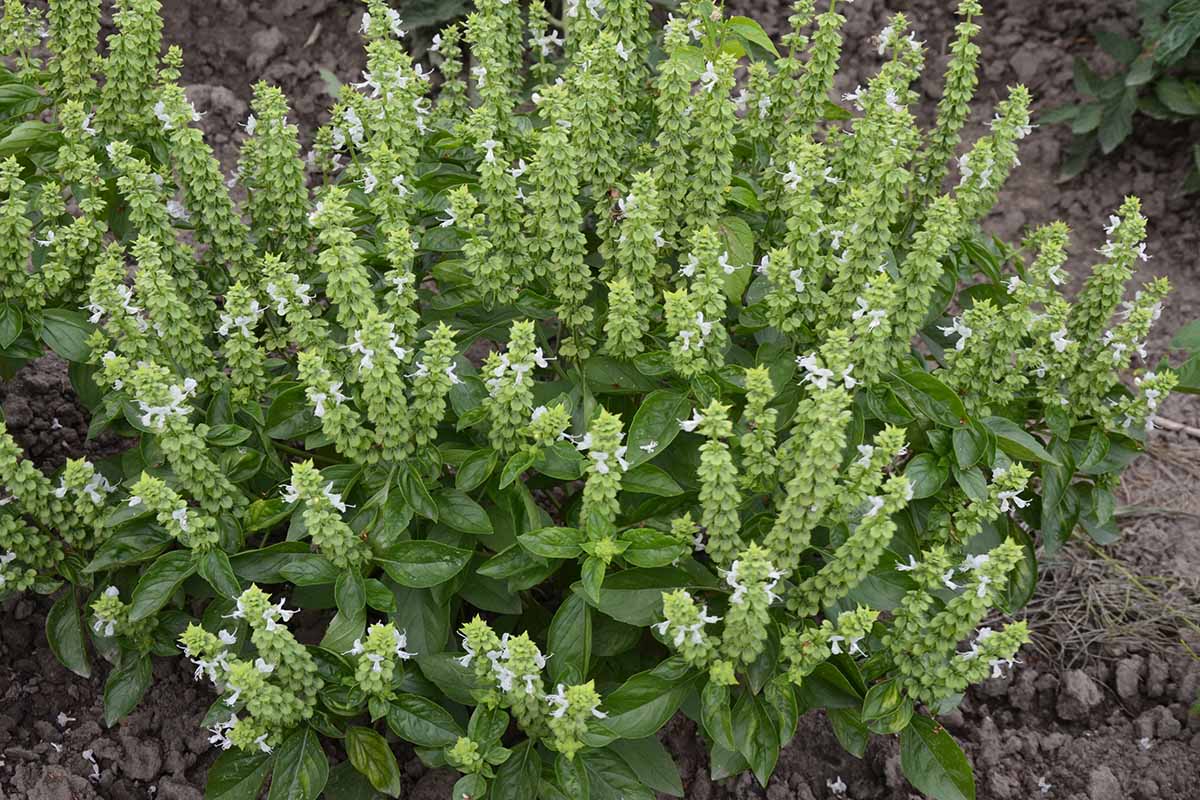
High temperatures with hot afternoon sun can cause plants to bolt and bring about the onset of early flowering.
If this is happening to your plants, try providing them with light shade through the hottest part of the day.
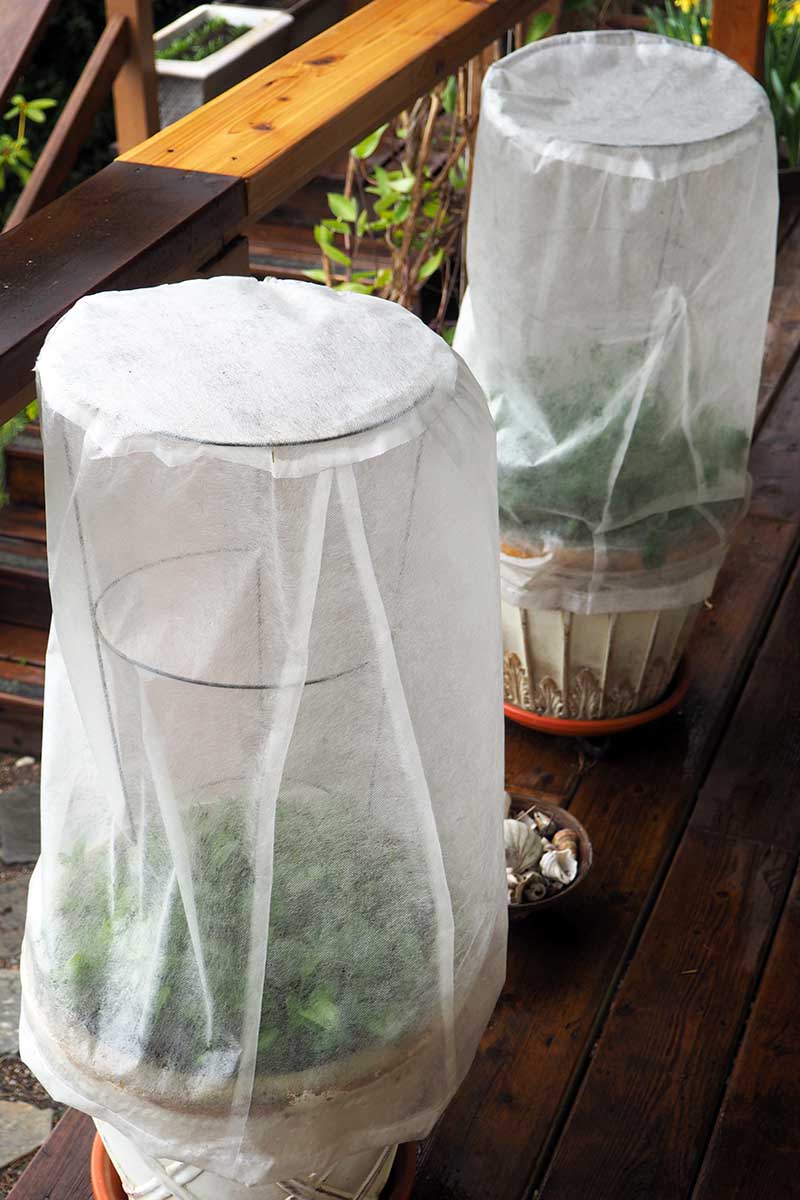
Floating row cover fabric does a good job of gently screening plants from intense sun. It can be used with hoops in garden beds or made into bonnets for shading containers.
Packages of floating row cover material in a variety of sizes are available at Gardener’s Supply Company.
Water stress from irregular or shallow watering can also bring about early flowering.
Keep the soil lightly moist but not wet, and allow the top inch to dry out between water applications.
Flavorful Basil Leaves
For the most flavorful leaves with high levels of essential oils, remove flower buds promptly as they form.

Pinching out the buds keeps the plant’s energy focused on foliage production and maintains higher levels of essential oils in the leaves.
Essential oils are what give this herb its intense flavor and fragrance, with oil production peaking just before or during flowering before dropping off.
Note that it’s important to remove the entire bud because even a small, missed remnant will continue to flower. Make sure to pinch or snip the stem below the flower bud to remove it cleanly.
But don’t toss them!
Scented and tasty, the edible buds and flowers have a mild basil flavor that makes a lovely garnish or salad ingredient, or a refreshing tea.
Bushy, Full Plants
Pinching back basil, including the flower buds, is also the best way to encourage leaf growth and produce bushy, full plants with lush foliage – exactly what you want for kitchen use.
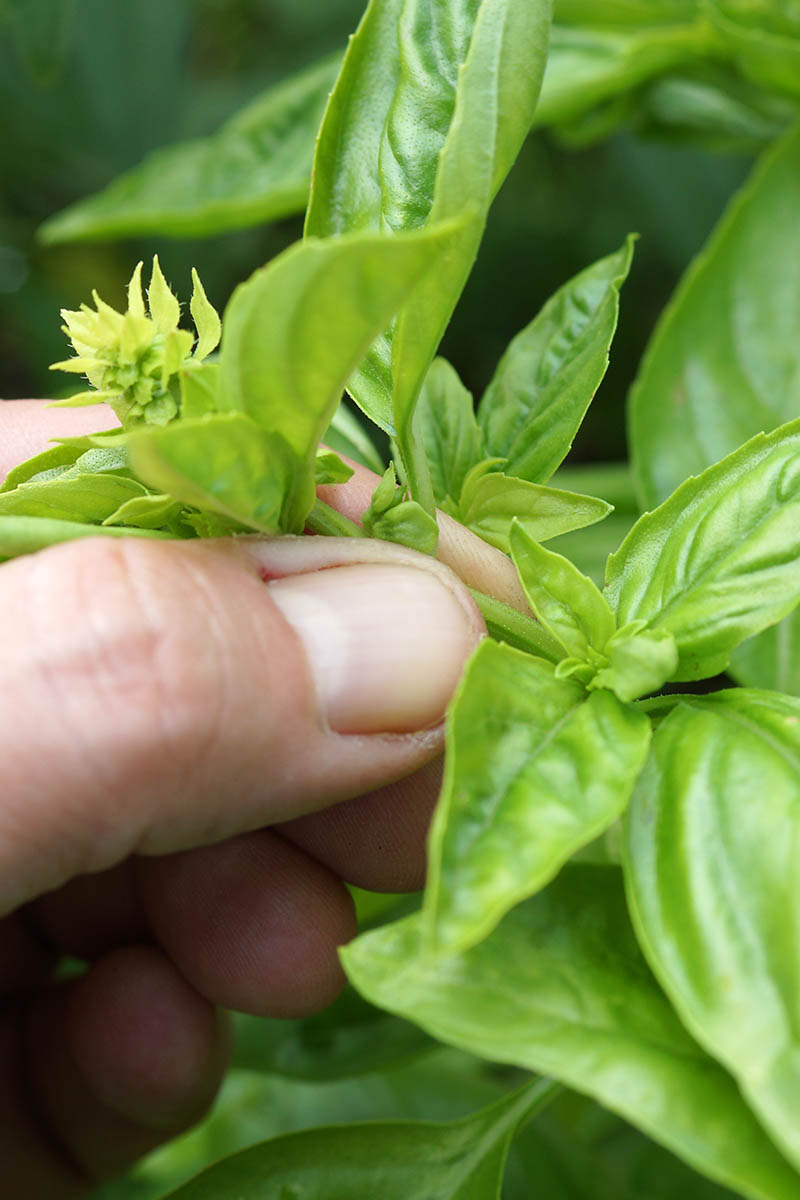
When stems are pinched or snipped just above a set of leaves, new branches emerge below the cut and quickly produce large, tasty leaves.
But when flowers are allowed to develop, the plants take on a taller, lankier profile with less foliage.
From midsummer on, watch your plants carefully and nip out buds to keep them lush and shapely.
Flowers for Seeds
Harvesting and saving basil seed for your private garden stock is fun and easy. For seed collection, some plants must be allowed to flower.
Plus, the purple or white flowers are a favorite for honeybees and other pollinators, providing an important source of nectar and pollen.
The downside of seed collection is that a plant’s health and vigor declines after seed set. They can no longer be used for culinary purposes as the leaves fade, turn yellow, and die off.
But you can harvest plenty of leaves for the kitchen and collect seeds as well, with just a little bit of management.
Before flowering begins, choose a couple of plants for seed collection – only a couple are needed to produce hundreds of seeds.
When buds appear, stop pinching and allow flowers and seeds to develop for collection from these specimens. Harvest when the pods are ripe and store seeds for next year’s crop.
Continue pinching out the flower buds on the remainder of your crop for culinary use.
Tasty Leaves and Plenty of Seeds
Should your basil flowers stay or should they go? It turns out that with this herb, you can do both!
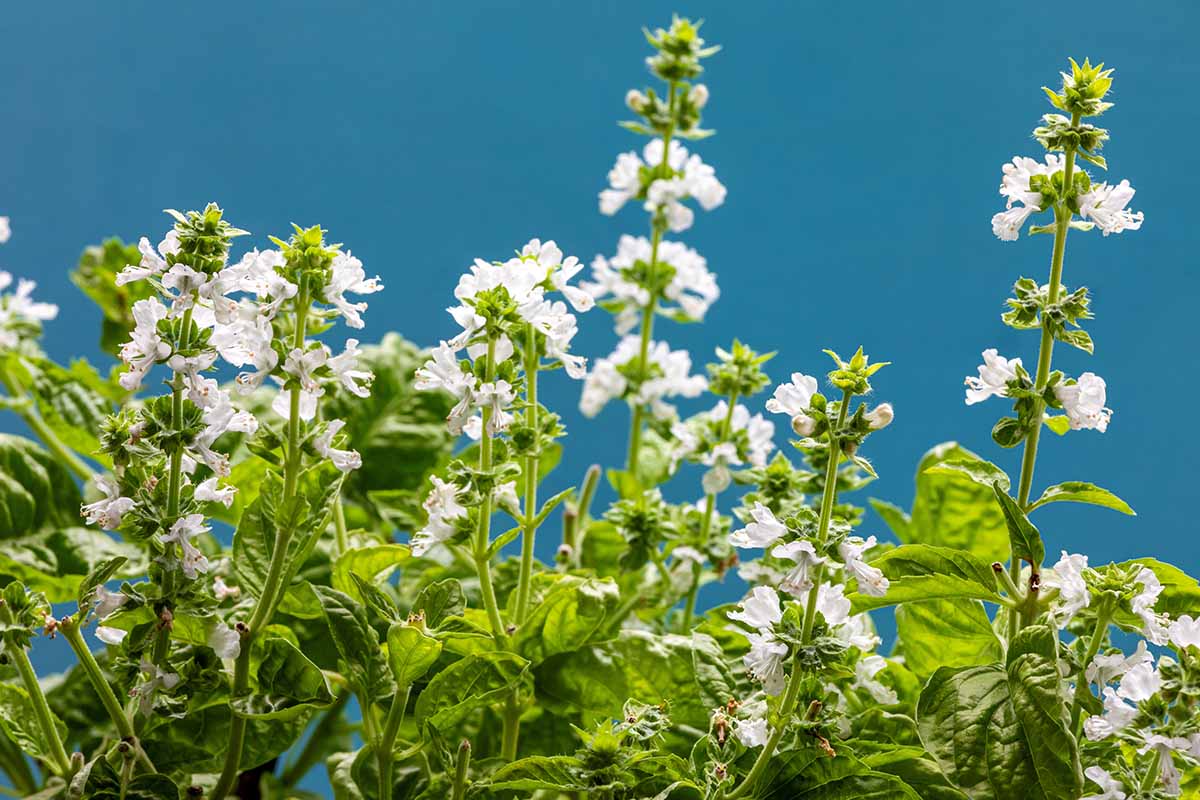
For bushy plants loaded with tasty leaves, pinch out flower buds as they form.
And remember to remove the entire flower bud to keep plants producing aromatic and delicious leaves throughout the growing season.
But for seed collection, select a few plants and allow them to flower and set seed for another crop next year!
How do you folks use basil in the garden? Let us know in the comments section below.
And for more basil know-how, check out these guides next:
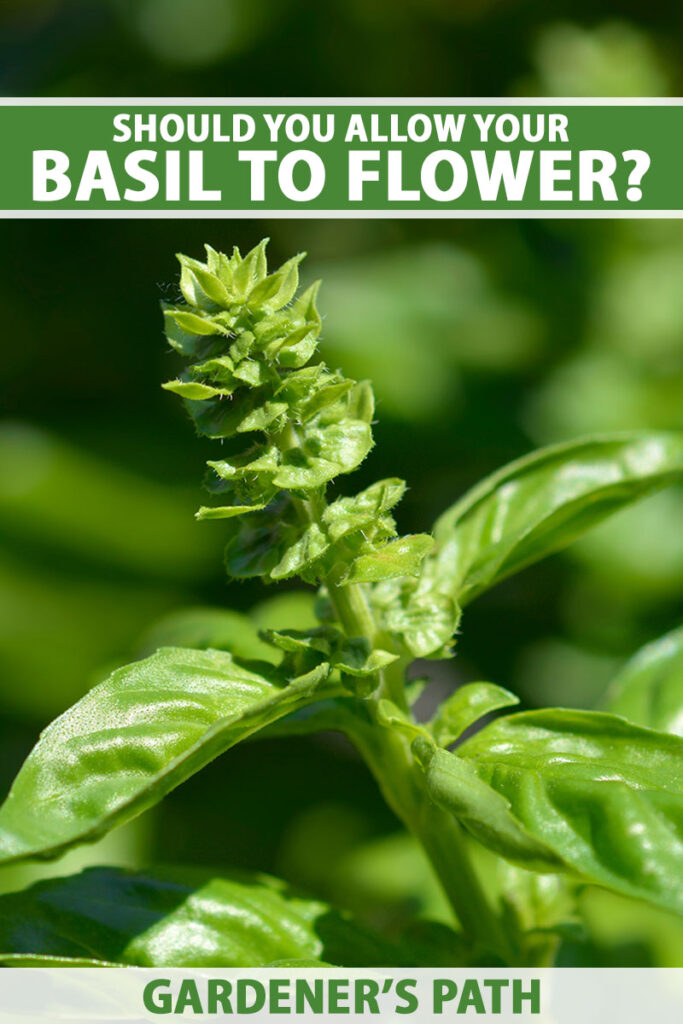
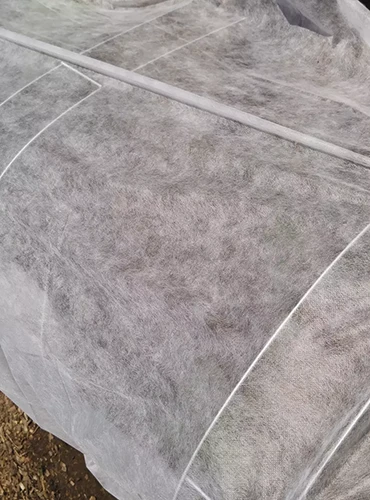
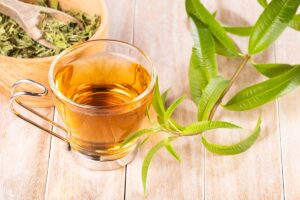

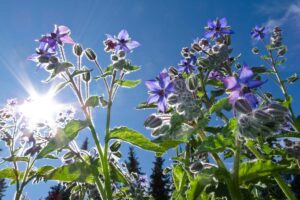
Thanks for some great info. Here in southern Oregon, I plant basil as a companion amongst my tomato plants. I keep flower buds pinched.
A great combo Linda, thanks for your input!